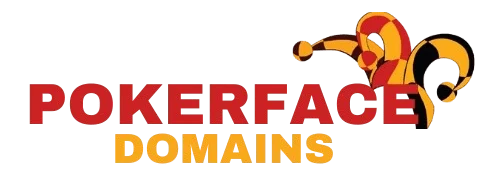When Sony dropped the PlayStation Portable (PSP) in 2004 (2005 in many markets), it introduced a handheld that felt at once rich and diverse. For the first time, gamers could carry console-quality experiences in their hands—gorgeous visuals, ladang78 deep narratives, multiplayer connectivity, and rock-solid analog control. In an era dominated by Nintendo’s Game Boy Advance, the PSP carved a new niche by tackling ambition head-on, proving that handheld gaming could be sophisticated, cinematic, and emotionally compelling.
Among the PSP’s standout titles was God of War: Chains of Olympus, a handheld chapter that matched its console counterparts in cinematic flair and visceral combat. Set within Greek myth, the game thrust players into Kratos’s brutal world with fluid hack-and-slash mechanics and cinematic pacing that echoed the roots of the series. The handheld environment didn’t dilute its ambition; instead, it pushed the PSP’s hardware toward fluid animations and epic set pieces that made the console-to-laptop comparison seem unfair. Chains of Olympus demonstrated that handhelds could deliver the raw, dramatic experience typically reserved for living rooms.
Meanwhile, Patapon, with its charming visual design and rhythmic gameplay, offered something utterly fresh. You commanded a tiny army of warriors via drumbeats, issuing march, attack, and defend commands in sync with the rhythm. The minimalistic aesthetic—Pata-pata creatures in silhouette—belied strategic depth, personality, and an oddly addictive loop. Through rhythm and timing, Patapon turned strategy into dance, and that joyful weirdness made it stand out not just on PSP, but in gaming more broadly. It reaffirmed that creativity—and the unexpected—could flourish in portable spaces.
For fans of role-playing and open-world adventures, Crisis Core: Final Fantasy VII was a revelation. Taking place before the events of the beloved FFVII, it traced Zack Fair’s journey with a blend of fast-paced, real-time combat and emotional storytelling. Its cinematic cut-scenes, fully voiced characters, and sprite-based summons expanded what an RPG on a handheld could offer. Fans learned backstory, motivations, and tragedy—all with visual fidelity that mirrored early PS2 expectations. Crisis Core reminded us that narrative density didn’t have to shrink with device size.
Not to be overlooked is Monster Hunter Freedom Unite, which turned the PSP into a social and action RPG powerhouse. With deep weapon systems, customization, and epic monster battles, it created long-form habits: hours spent collaborating with friends, crafting gear, and chasing down colossal beasts. Its multiplayer mode, linking PSPs in local play, epitomized portable camaraderie. The grind, the triumphs, the shared strategy—all of it made the PSP feel alive, communal, and enduring. Even as the console faded, its spirit continued in the Monster Hunter series on later platforms.
Looking back, it’s clear that the PSP’s greatness lies in how it dared to push boundaries. It didn’t settle for pared-down experiences; instead, it brought stories, mechanics, and visuals into the handheld realm with ambition and care. From mythic combat in the God of War series, rhythmic brilliance in Patapon, emotional arcs in Crisis Core, to communal battles in Monster Hunter, the PSP let players carry meaningful, epic experiences in their pockets. Its legacy reminds us that handheld gaming can be profound, stylish, and infinitely inventive—qualities that helped shape mobile and portable gaming’s future.
